- Home
- slideshows
- miscellaneous
- We're likely to find alien life in the next decade, scientists say. Here's where NASA plans to look - in our solar system and beyond.
We're likely to find alien life in the next decade, scientists say. Here's where NASA plans to look - in our solar system and beyond.
We're closer to finding alien life than we've ever been.

Mars is the closest place where NASA could find signs of alien life.
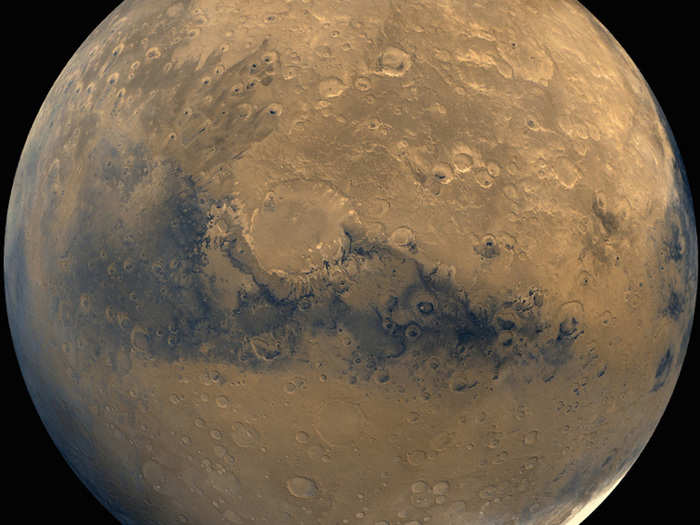
It's unlikely that any life is currently thriving on Mars. But scientists think the planet may have hosted life long ago, when it had an atmosphere as thick as Earth's, which would have kept the Martian surface warm enough to hold liquid water.
In September, NASA chief scientist Jim Green said two rovers set to launch to Mars next year are likely to help scientists find clues about life on the red planet.

He was referring to the Mars 2020 rover, which will look for alien fossils on the red planet, and a similar rover that the European Space Agency is planning to launch in the spring.
"I think we're close to finding it, and making some announcements," he told The Telegraph. Green later clarified that he didn't mean NASA had already found life.
"What we have are missions that we're going to launch that will look for life," he told Gizmodo.
The Mars 2020 rover will search for signs of ancient microbial life and test out technology that could pave the way for humans to walk the Martian surface.
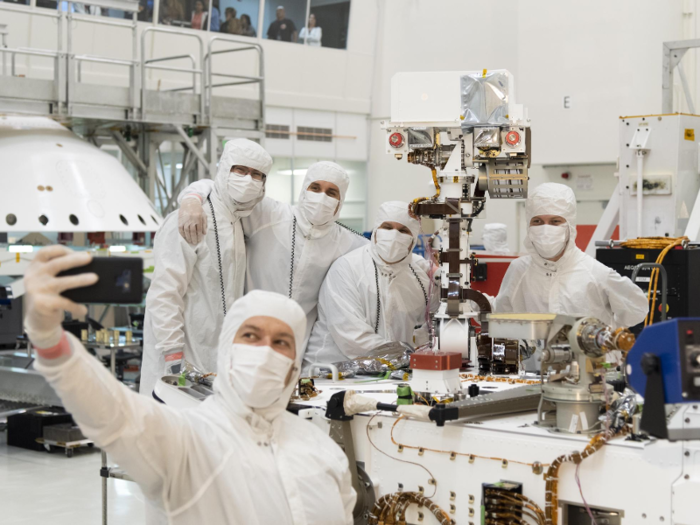
The robot is slated to launch in July 2020. If all goes according to plan, both rovers will reach Mars in 2021.
It will drill into Martian rock, collect samples, and stash them for future transport back to Earth.
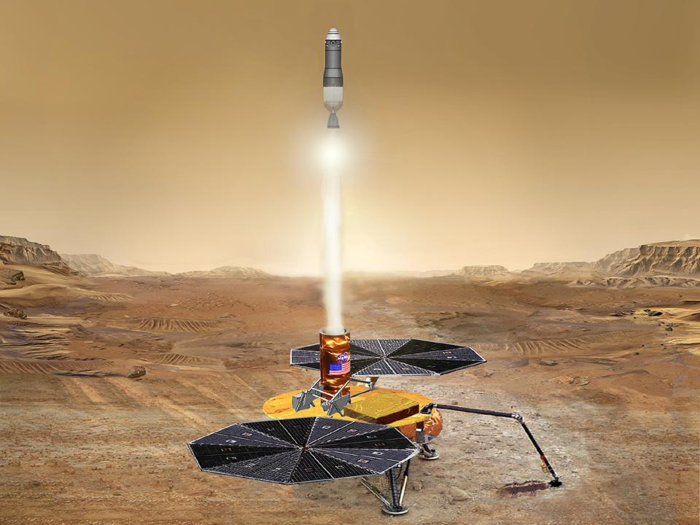
"I'm excited about these missions because they have the opportunity to find life, they really do, and I want them to," Green told The Telegraph. "We've never drilled that deep down. When environments get extreme, life moves into the rocks."
Beyond Mars, the best place to look for life in our solar system is the hidden ocean on an icy moon of Jupiter called Europa.
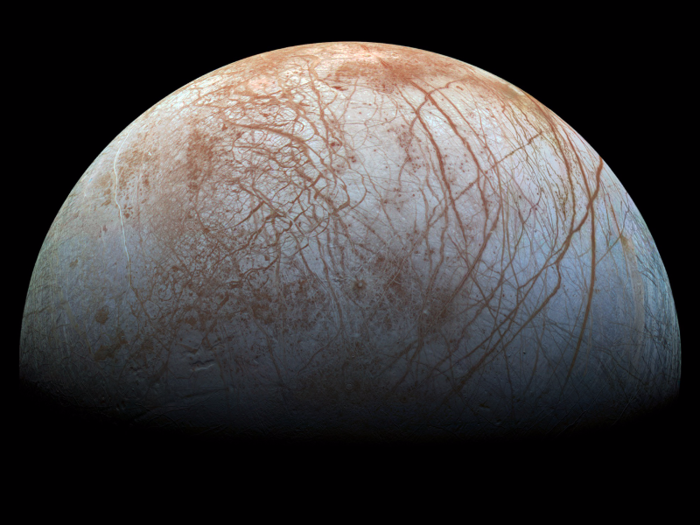
When Galileo Galilei first looked at Jupiter through his homemade telescope in 1610, he spotted four moons circling the planet. Nearly 400 years later, NASA's Galileo mission found evidence that one of those moons, Europa, conceals a vast ocean of liquid water beneath its icy crust.
Life could arise around deep-sea volcanic vents in this subsurface ocean.
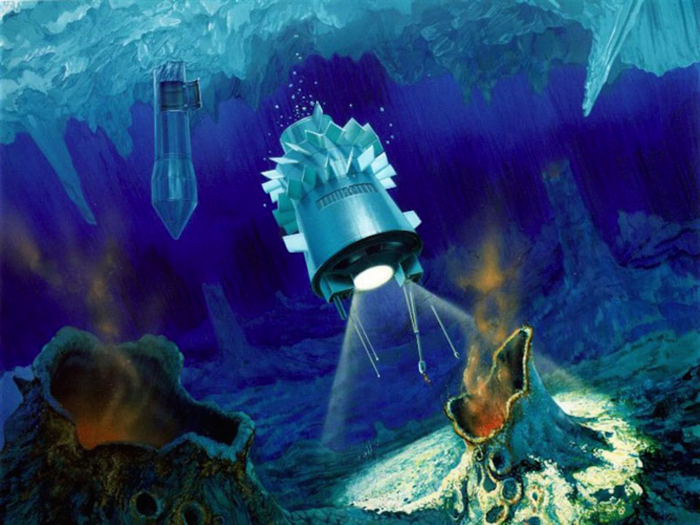
On Earth, such vents produce intense heat that rips apart molecules and sparks chemical reactions. Microbes convert the resulting hydrogen into sugar. Rather than photosynthesis (which is fueled by light), this process of "chemosynthesis" uses chemical reactions, so ecosystems can emerge without sunlight.
NASA is planning to take a closer look at that ocean with the Europa Clipper mission, which could launch as early as 2023.
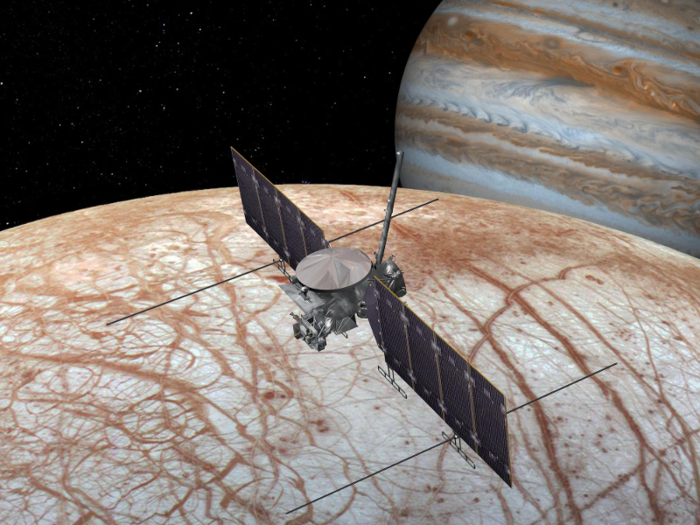
The spacecraft will fly by Europa 45 times, getting as close at 16 miles above the moon's surface.
"We have gone in nuclear cesspools, places where you'd think nothing could survive, and they are full of life," Green told The Telegraph. "The bottom line is where there is water, there is life."
The Clipper spacecraft is expected to fly through Europa's water vapor plumes to analyze what might be in the ocean below.
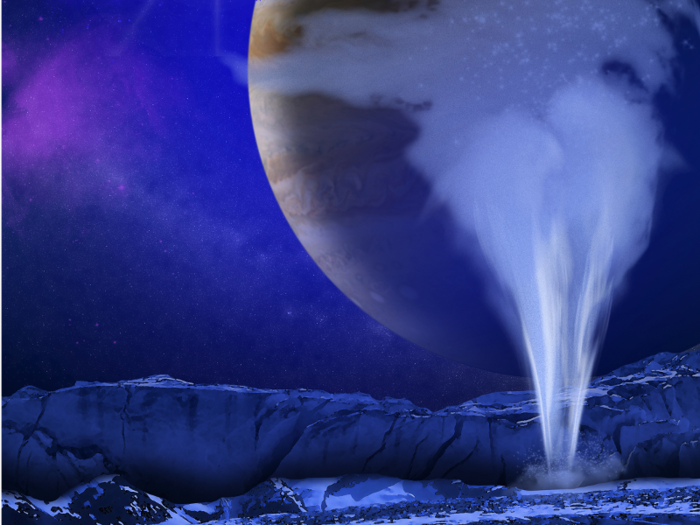
Radar tools will also measure the thickness of the ice and scan for subsurface water.
That investigation could inform work on a future NASA mission to land a spacecraft on Europa's surface and punch through the ice.
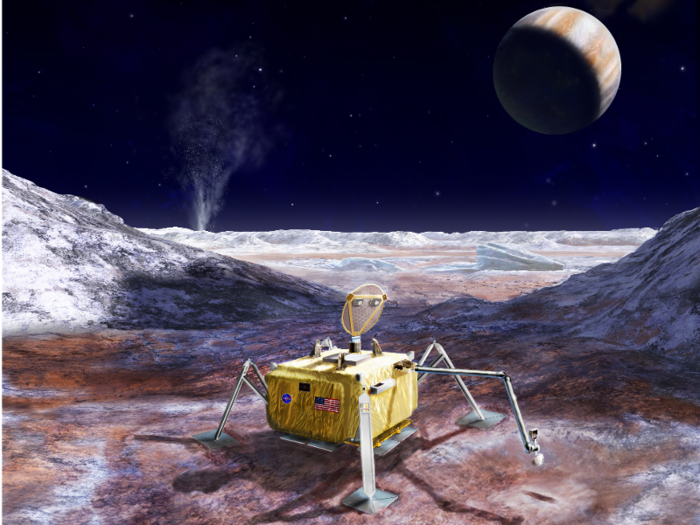
The future lander could search for signs of life in the ocean below, digging 4 inches below Europa's surface to extract samples for analysis in a mini, on-the-go laboratory.
A nuclear-powered helicopter called Dragonfly will take the search for aliens one planet further, to Saturn's largest moon, Titan.
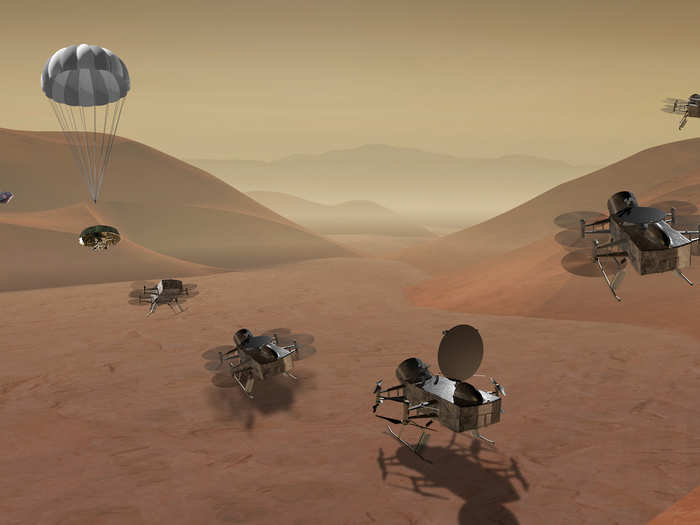
Getting to the distant, cold moon is not easy — Saturn only gets about 1% of the sunlight that bathes Earth, so a spacecraft can't rely on solar energy. Instead, Dragonfly will propel itself using the heat of decaying plutonium.
NASA plans to launch the spacecraft in 2026, so it will arrive at Titan in 2034.
Titan is a world with water ice, liquid methane pools, and a thick nitrogen atmosphere. That makes it a contender for alien life.
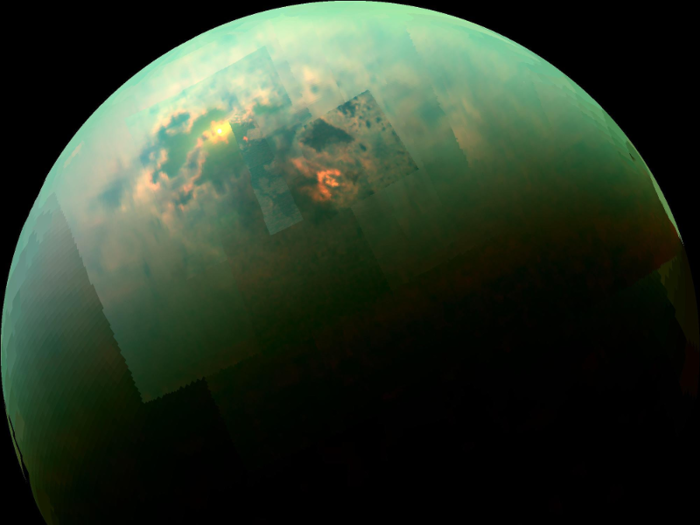
Titan somewhat resembles early Earth, since it has carbon-rich organic materials like methane and ethane.
"On Titan you substitute methane for the water, so you will have a different type of life, a new set of chemicals that would compose a new type of DNA," Green told The Telegraph. "It really would be weird."
What's more, scientists suspect that an ocean of liquid water might lurk 60 miles below the ice.
NASA's search extends beyond our solar system as well. A series of telescopes will hunt down signs of life on distant planets that circle other stars.
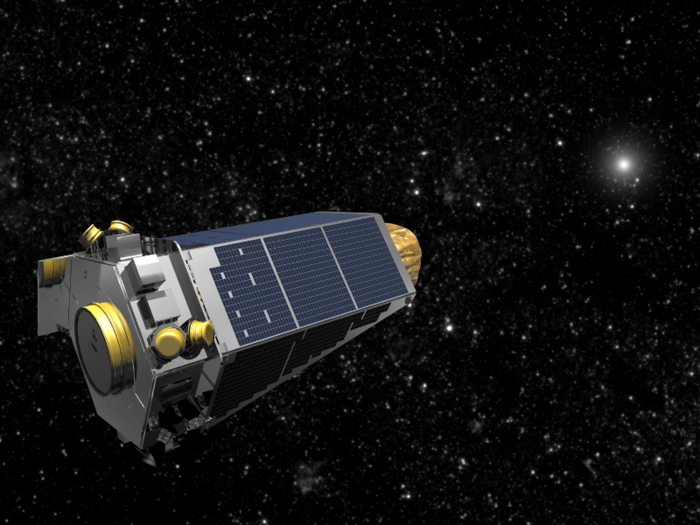
Thanks to new technology like the Kepler space telescope, scientists have identified over 4,000 exoplanets — the term for planets outside our solar system.
Kepler retired last year after it ran out of fuel, but it passed the planet-hunting torch to the Transiting Exoplanet Survey Satellite (TESS), which launched in April 2018.
TESS will continue scanning the skies through 2022. Astronomers have predicted that the telescope will find dozens of Earth-sized planets and around 500 that are less than twice Earth's size. Those are the best candidates for alien life.
NASA is also building two new telescopes to expand this search.
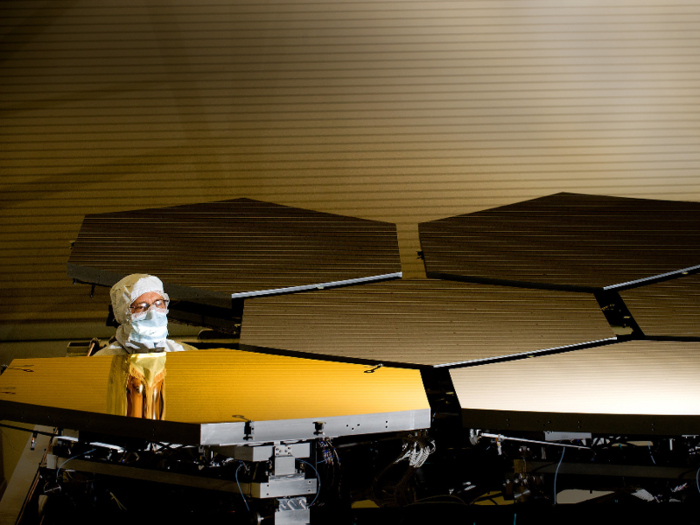
The two telescopes — the James Webb Space Telescope and the Wide Field InfraRed Survey Telescope — will hunt for new planets orbiting distant stars and scan them for signs of life.
The James Webb Space Telescope (JWST) will look for signs of alien life in the atmospheres of exoplanets.
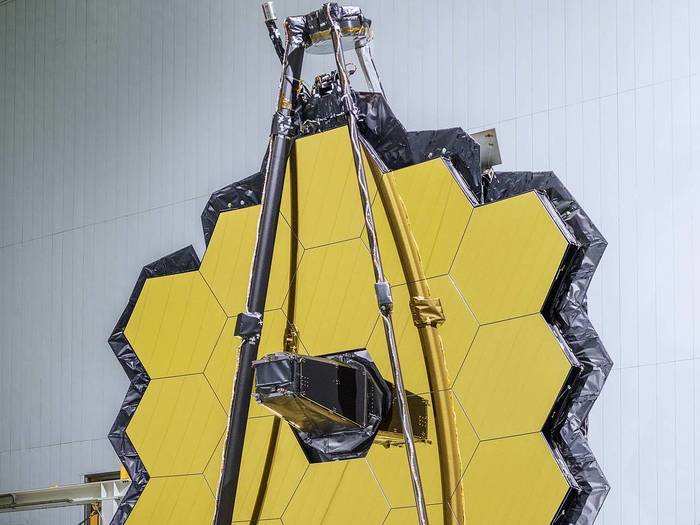
The telescope is fully assembled and now faces a long testing process in Northrop Grumman's California facilities before its launch date on March 30, 2021.
Finding exoplanets with atmospheres and determining which gases make up those atmospheres is a crucial step in pinpointing places we might find alien life.
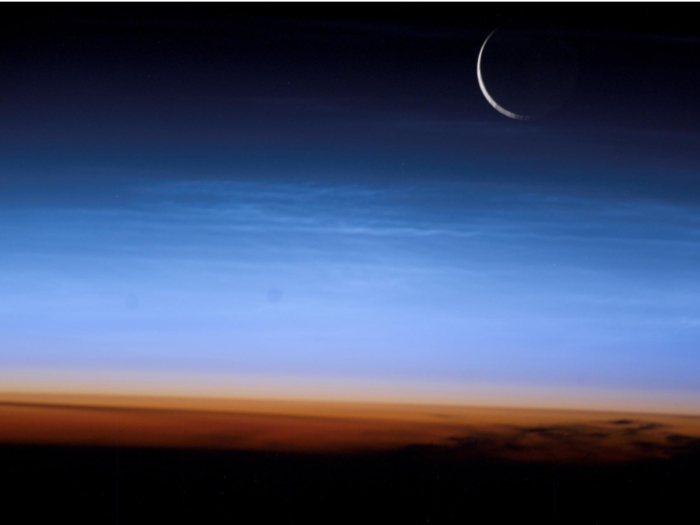
That's because an atmosphere keeps a planet's surface warm enough to hold liquid water and protects it from its star's radiation. Life on Earth would not be possible without our atmosphere, which also provides many of the chemicals essential to life, like carbon and nitrogen.
JWST could sense warmth, thereby identifying planets with heat-trapping atmospheres, after just a few hours of watching them orbit their stars.
By measuring the intensity of star light passing through a planet's atmosphere, JWST could also calculate the composition of that atmosphere.
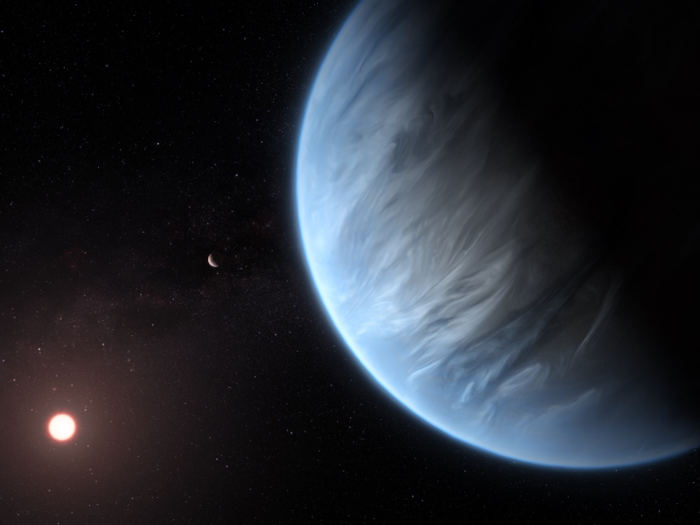
JWST's 21-foot-wide beryllium mirror and new infrared technology will enable it to distinguish between different molecules in the atmospheres of faraway planets.
In certain combinations of these molecules, the telescope could detect signs of life, also known as "biosignatures."
If an exoplanet's atmosphere contains both methane and carbon dioxide, for example, those are clues that there could be life.

Earth's atmosphere has a lot of oxygen because life has been producing it for billions of years. Large amounts of oxygen aren't stable enough to last long on their own, so the gas must be constantly produced in order to be abundant.
A combination of carbon dioxide and methane (like in Earth's atmosphere) can be even more telling, since carbon dioxide and methane would normally react with each other to produce new compounds. So if they exist separately, something is probably constantly producing them. That something could be a volcano, but as far as we know, only a lifeform could release that much methane without also belching out carbon monoxide.
JWST will look for clues like that.
One of the first places JWST will search for signs of life is the TRAPPIST-1 system, just 39 light-years away.
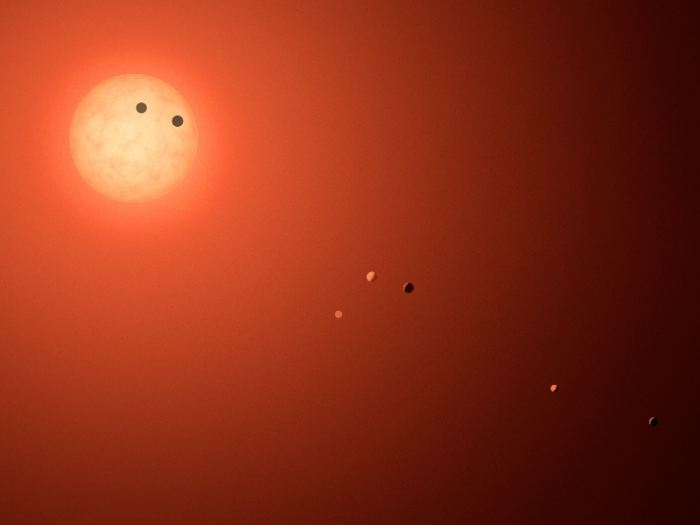
TRAPPIST-1 is a tiny M dwarf star (the most common type of star in the universe) that's just slightly larger than Jupiter, though much more massive. In its orbit are seven planets about the size of Earth.
Three of them — called TRAPPIST-1 e, f, and g — are in the star's habitable zone, so they could be warm enough for liquid water to exist.
Scientists have gone back and forth about how habitable these TRAPPIST-1 planets could be: Some studies say not at all while others suggest the worlds could have 250 times more water than Earth.
NASA's Wide Field InfraRed Survey Telescope (WFIRST) could identify about 2,600 new exoplanets.
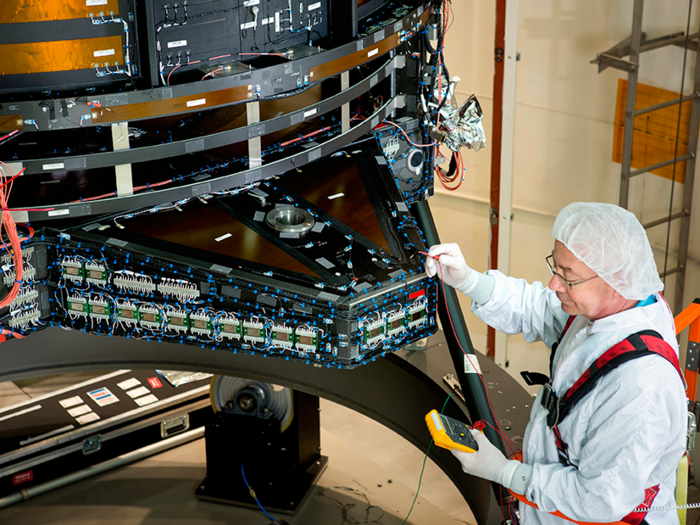
The agency plans to launch WFIRST into orbit in the mid-2020s. Over its five-year lifetime, the space telescope will measure light from a billion galaxies and survey the inner Milky Way.
While all these efforts are underway, other scientists will spend the next decade building a new generation of telescopes to search for life on more distant, smaller planets.
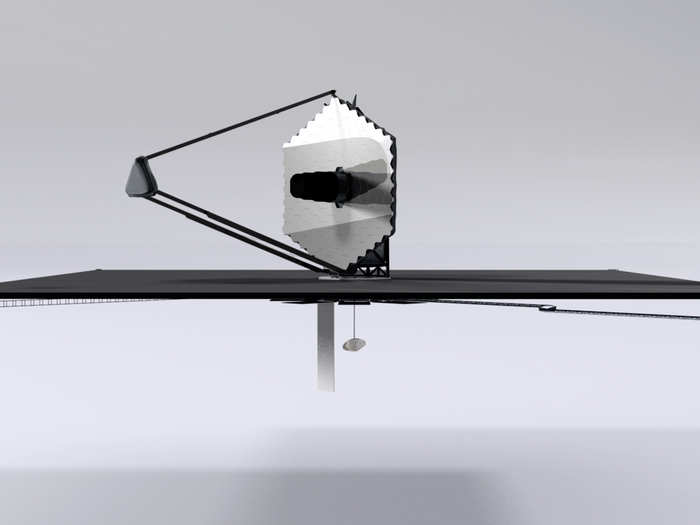
The proposed LUVOIR telescope, for example, could image 50 Earth-sized exoplanets over four years, studying their atmospheres, seasons, and even surfaces. If chosen for funding and construction, it would launch in the 2030s.
"There's high confidence that once we build these instruments, we'll be able to find signatures of life if they're out there," NASA scientist Jessie Christiansen told Business Insider. "I would be surprised if we don't find something."
Popular Right Now
Popular Keywords
Advertisement